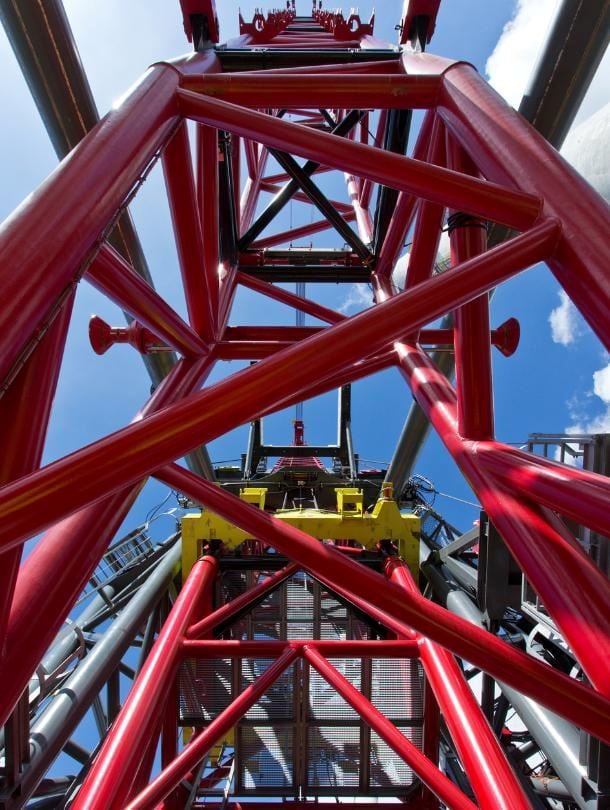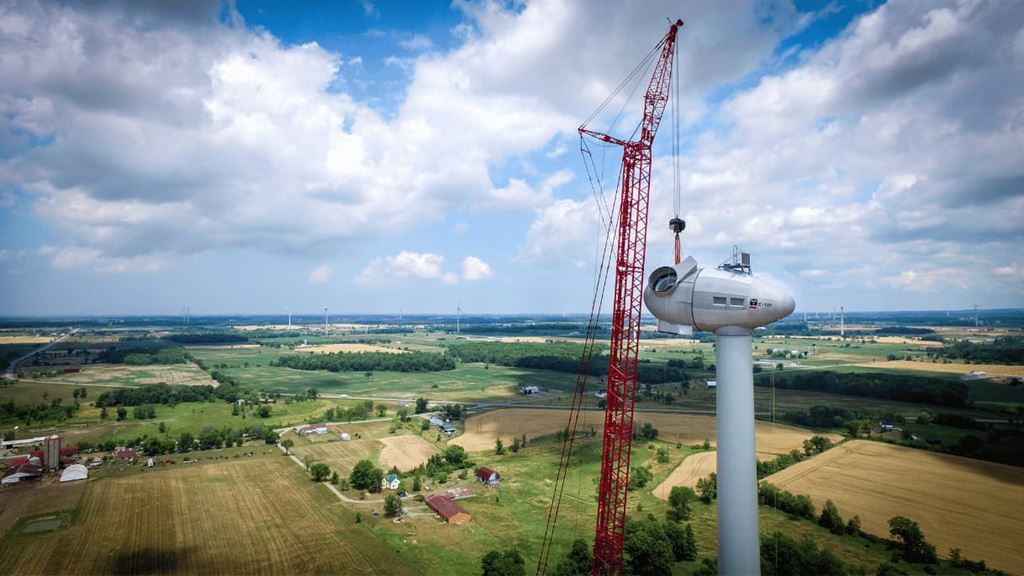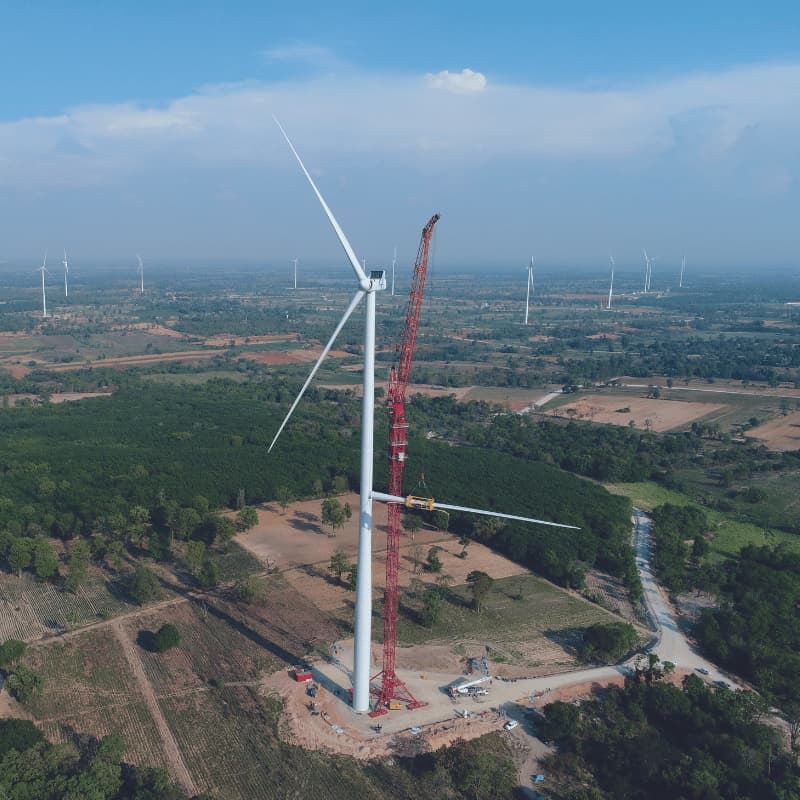SECTOR VIEW: ONSHORE WIND
OPINION

OPINION


It is a truly exciting time – in what other industry can you see an increased yield of 100% in half a decade? Or a size increase of nearly 300% - from 60 m hub height to approaching 175 m - in a similar timeframe?
As turbine heights and diameters grow, so does the power per turbine - with generation of over 5.5MW now possible. When the pace of an industry is this fast, constant innovation is needed to meet its many challenges.
One such challenge is that specialized lifting technologies available in the marketplace are currently limited to around 160 m hub height. Truck-mounted cranes with strengthened lattice booms have been widely used but going beyond this height becomes a challenge.

Building over 160 m requires heavy crawler cranes that are not designed for wind farm installations; their significant assembly, relocation times and wind speed resistance are ill-suited to such a fast-paced seasonal industry. They also have relatively low market availability and global spread.
These heavier lifting machines bring further challenges. Extra civil works can be required to accommodate crawler cranes’ larger working radius, along with wider areas to move counterweights, long boom down corridors, and relatively lengthy processes to relocate the crane between wind turbine pads.
This is why tower cranes like the Kroll K1650L have been used for high-hub height installations. They are especially useful on projects where the topography of the site is an issue; when aspects like removing trees or preparing pads on mountainous sites become too costly.

Their smaller footprints allow for less impactful civil works and faster movement between turbines during installation. They have also benefitted projects where wind conditions are severe, as they have higher wind speed limits compared to truck-mounted cranes or standard crawler cranes.
These cranes help to drive down the cost of civil works; which can often be significantly greater than the costs of lifting equipment. However, even these are not an ideal solution, as they too have a hub height limitation of around 160m and are therefore not future proof
Moving forward, experience tells me that reaching hub heights beyond 160m and installing much heavier components than today - and most importantly, doing so efficiently - will be key. Over the next five years or so, we will surely see wind turbines that are able to produce over 10MW per unit and reach hub heights over 200 m.
So, it is increasingly important that installation costs are considered from a broader point of view, allowing savings to be made from the design of the turbines themselves, through the preparation of the site, to the lifting process itself. This requires close coordination between OEM, developer, and heavy lift engineer, to ensure the whole process is optimized.
Mammoet is committed to bringing cleaner, cheaper energy to the world, and so we are always on the look-out for ways to solve our customers’ challenges. In this case, how to reduce ground works while at the same time offering installation heights above 160 m.
Solving this challenge will lower installation costs, increase returns for developers, stimulate further growth in wind energy, and lower the cost of electricity for consumers. If you’d like to find out how Mammoet will solve this and other challenges in the market, why not connect with me on LinkedIn?